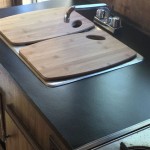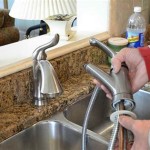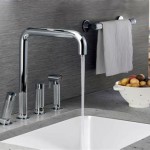The fire station kitchen is a vital part of ensuring the health and safety of firefighters. Eating well and staying nourished is key to maintaining the strength and stamina needed to do their job. But what are the best practices for fire station kitchen meals? We’ve compiled a list of tips to ensure firefighters are getting the nutrition they need.
Planning Meals
A well-planned menu can help firefighters get the nutrition they need while on duty. Planning meals in advance can help to make sure that the meals are healthy and nutritious. Consider the following when planning meals:
- Include a variety of foods.
- Include lean protein, whole grains, and fruits and vegetables.
- Limit processed foods high in sugar, salt, and fat.
- Include healthy snacks.
- Vary flavors and textures.
Additionally, planning meals for large groups can be a challenge. Consider using a meal delivery service to help with meal planning. Meal delivery services can provide pre-portioned ingredients and step-by-step instructions to make meal preparation easier.
Food Safety
Food safety is essential in the fire station kitchen. It’s important to follow proper food handling and storage practices to prevent food-borne illness. Consider the following when handling food:
- Keep food at safe temperatures.
- Wash hands and surfaces often.
- Separate raw and cooked foods.
- Store food in the appropriate containers.
- Discard food that has been left out for too long.
Additionally, it’s important to have the proper equipment in the kitchen to ensure food is being safely handled. Make sure the kitchen is equipped with thermometers, food scales, and food thermometers to ensure food is being stored and cooked properly.
Stocking the Kitchen
Having the right ingredients on hand is essential for creating healthy meals. Consider stocking the kitchen with the following items:
- Whole grains like brown rice, quinoa, and oats.
- Canned and frozen fruits and vegetables.
- Canned beans, lentils, and chickpeas.
- Nuts and seeds.
- Low-fat dairy products.
- Lean protein like fish, chicken, and eggs.
- Healthy oils like olive and canola.
Having a variety of ingredients on hand can help to ensure that meals are both nutritious and delicious. Additionally, stocking the kitchen with healthy snacks can help to keep firefighters energized throughout their shift.
Conclusion
The fire station kitchen is an essential part of maintaining the health and safety of firefighters. Planning healthy meals, following proper food safety practices, and stocking the kitchen with the right ingredients can help to ensure firefighters are getting the nutrition they need while on duty.















Related Posts








